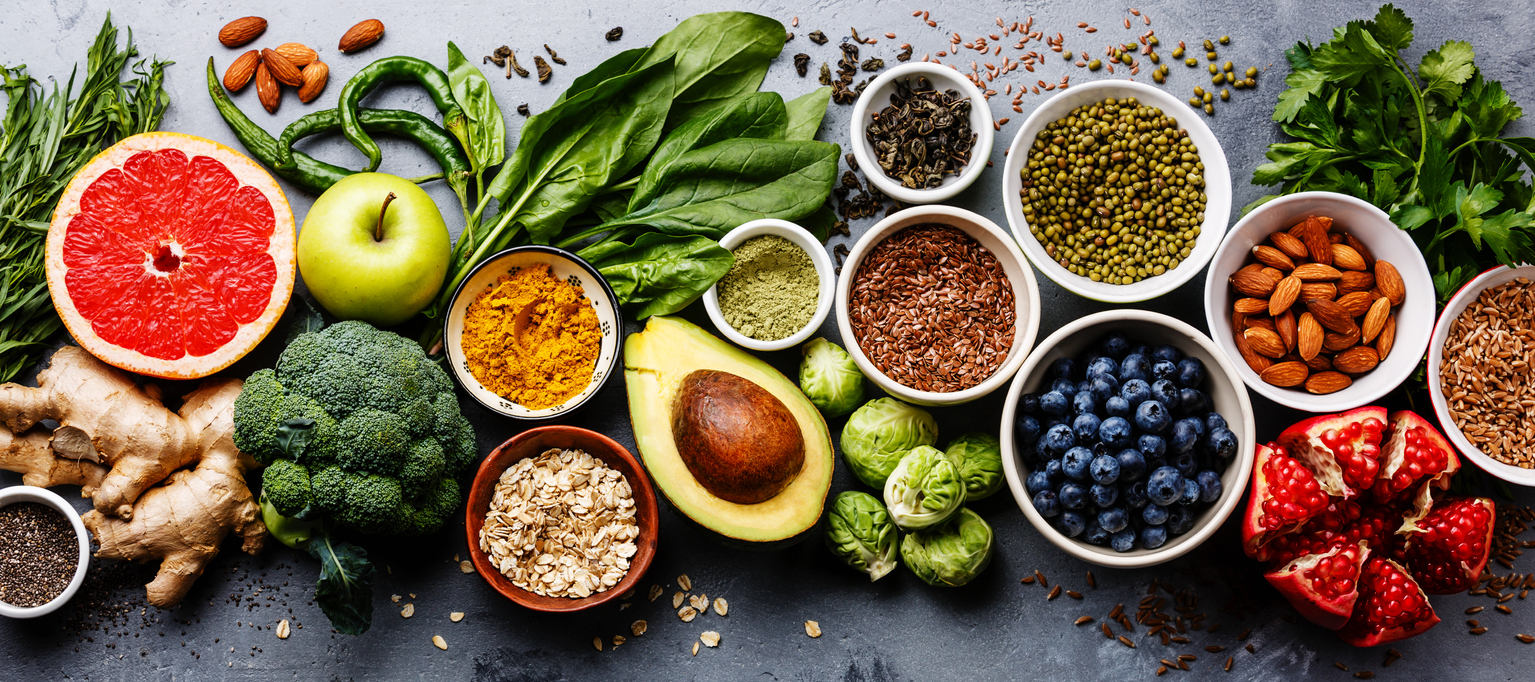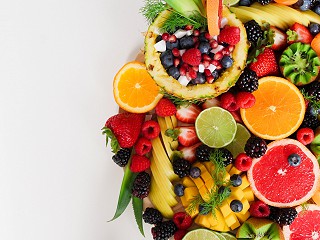
Clean Eating Guide to the New Year
The holidays are stuffed with grand meals, decorated cookies, sweet treats, and libations. And now that the holidays are over many of us may be still be feeling stuffed. As we look forward to new beginnings with a spirit of hope and optimism many of us may be looking to leave indulgences of the holiday season in the past. We want to ditch the feeling of being sluggish and reclaim our clarity and vitality. Such a dietary reset may even be part of your New Year’s Resolution. A great way for you to move into the new year is to emphasize clean, healthful foods that will support your body from the inside. But what exactly does eating clean mean? According to the Mayo Clinic, clean eating is choosing unprocessed, nutrient-dense foods without ingredients that are harmful to human health. In other words, opting for the healthy but also avoiding those foods that may also have ingredients that are harmful; such as pesticides, preservatives, or toxins.
The Environmental Working Group issues a list of tested foods known as the Clean 15. The Clean 15 are produce items that are found to have little or no pesticide residues. The list is updated annually. The Clean 15 are: • Avocados • Sweet Corn • Pineapples • Cabbage • Onions • Sweet peas • Papayas • Asparagus • Mangos • Eggplant • Honeydew Melon • Kiwi • Cantaloupe • Cauliflower • Broccoli
This list is clearly packed with nutritional powerhouses. Let’s profile three that particularly stand out as post-holiday clean eating choices.
Avocados Avocados, or avos as they are sometimes called, are a particularly good choice for post-holiday recovery. Besides being vitamin packed, avocados are rich in healthy fats. The nutrients in avocados, such as lutein, may protect against age-related eye disorders. Avocados also contain the antioxidant glutathione. Glutathione binds toxins and is known to protect your DNA from damage, in fact, your liver makes its own glutathione. By protecting DNA from damage, avocados may help protect you from cancer. Avocados have also been found to help individuals maintain weight loss, reduce the risk of arthritis, and improve skin elasticity.
Kiwi Like avocados, kiwi fruit is another treasure trove of vitamins. The kiwi is also known as the Chinese gooseberry and is famous for its vitamin C and vitamin K content. It is also rich in polyphenols which are antioxidant compounds that reduce oxidative damage and reduce inflammation. These traits mean that kiwi confers benefits for the cardiovascular system. In fact, kiwi has been shown to lower the risk of stroke, heart disease, and improve the function of platelets, which are involved in blood clotting. If that isn’t enough, kiwi is also associated with improved insulin sensitivity and higher HDL cholesterol levels.
Broccoli Glucosinolates are sulfur-rich compounds found in broccoli and other plants. They influence human health by triggering the body’s own long-lasting antioxidant activity. This has several health benefits such as reducing oxidative damage, anti-inflammatory activity, and reducing the risks of cancer of the lungs, breasts, prostate, pancreas, skin, colon, and rectum. That’s not all broccoli offers. It is rich in carotenoids which are pigments known to have anti-inflammatory activity that reduces the risk of chronic diseases such as diabetes and cardiovascular disease. Given its green color, it is not surprising that broccoli also contains chlorophyll, which is another pigment known to reduce inflammation and enhance wound healing.
The holidays may have taken a toll. Whether it’s a New Year’s resolution or a post-holiday recovery the Clean 15 can help you regroup and power into 2019.
Sources:
https://www.ewg.org/foodnews/clean-fifteen.php
https://foodfacts.mercola.com/kiwifruit.html
Dreher, M. L., & Davenport, A. J. (2013). Hass Avocado Composition and Potential Health Effects. Critical Reviews in Food Science and Nutrition, 53(7), 738–750. doi:10.1080/10408398.2011.556759
Moreira-Rodríguez, M., Nair, V., Benavides, J., Cisneros-Zevallos, L., & Jacobo-Velázquez, D. (2017). UVA, UVB Light, and Methyl Jasmonate, Alone or Combined, Redirect the Biosynthesis of Glucosinolates, Phenolics, Carotenoids, and Chlorophylls in Broccoli Sprouts. International Journal of Molecular Sciences, 18(11), 2330. doi:10.3390/ijms18112330
Recio-Rodriguez, J. I., Gomez-Marcos, M. A., Patino-Alonso, M. C., Puigdomenech, E., Notario-Pacheco, B., … Garcia-Ortiz, L. (2015). Effects of kiwi consumption on plasma lipids, fibrinogen and insulin resistance in the context of a normal diet. Nutrition Journal, 14(1). doi:10.1186/s12937-015-0086-0



